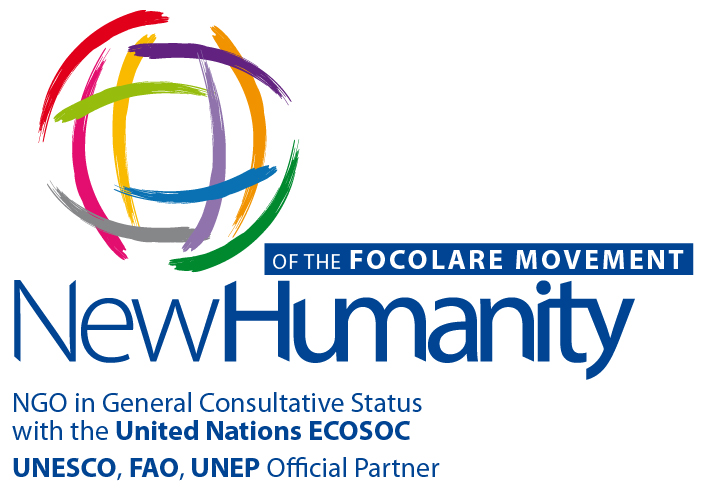Do we need immigration?
Undoubtedly, yes. The U.S. economy is inextricably tied to global markets and is dependent on trade and tourism. Immigration facilitates all three activities. The U.S. economy also is heavily dependent on consumer spending. To the extent that immigration prevents population decline (which it has in many places), it supports economic growth. U.S. colleges rely on foreign student tuition. Families are less defined by geography than in any time in history.
Are immigrants taking U.S. jobs?
Yes and no. Throughout history (globally) immigrants have filled worker shortages in the native population. Current gaps in the U.S. labor market are found in the “unskilled labor” sector and certain parts of the high skilled sector. The cause is mostly demographic (native birth rates slowing and population aging) and educational. As just one example, today the vast majority of working-age native-born males has a high school diploma. In the 1960s it was about 50%. When people attain higher education levels they tend to take jobs requiring more or different skills, leaving room for immigrant labor. Reliable studies show that immigrant labor negatively affects wages at the lowest 3% of the job market where some immigrants directly compete with U.S. workers. On the flip side, immigrants are creating U.S. jobs. Numerous studies show the proclivity of immigrants to start businesses of all sorts. Some of our largest and most successful companies were started by at least one immigrant founder.
Do they use our resources?
People use resources. Numerous studies have shown that when compared to native-born in the same age and income level, immigrants use fewer public resources such as health care, law enforcement (including committing far fewer crimes), and other tax-supported services. And yes, immigrants do pay taxes: No one is exempt from sales tax; property tax is included in rent; and the majority of immigrants also pay income tax through payroll deduction, even those who use fake documents to work.
Some costs are unavoidable, however, such as providing English language learner classes in schools, and costs from uninsured drivers and uninsured health care for immigrants without legal status.
But whenever we talk about the cost of more people, we have to remember that people are resources too. For instance, our children gain important insights when they attend school with peers from other countries and cultures. And if the past is any indication, an immigrant may be the next Albert Einstein (a U.S. immigrant).
Do immigrants come to take advantage of our public benefits?
Overwhelmingly, immigrants come to work. Some come to join family members and some are fleeing persecution, but immigrant participation in the workforce is higher than their native-born counterparts. Almost all public benefit programs are unavailable to immigrants unless they have achieved legal permanent residence, a process that can take many years.
Why don’t they learn English?
Immigrants living in the U.S. long-term who do not speak English are in the minority, and the rate of English language acquisition today is faster than in any other era. But for those who arrive as adults without English, the task is daunting. Few English classes are available outside traditional school settings. Many immigrants who need them work two or more jobs, leaving no time to attend class. English fluency takes seven years in good circumstances.
Why don’t all immigrants come legally?
Several factors have led to the current unauthorized population estimated at 11 million. These include: untenable home country conditions, a system that has no visa for temporary non-seasonal labor, past lack of enforcement and tacit encouragement of uncontrolled border crossing, and sunset laws that allowed regularization of status through paying a fine. However, right now unauthorized immigration is net negative (more people leaving than coming), mostly because of the sluggish economy, but also because of active enforcement and border control.
Are immigrants changing our culture?
Yes, in the same way that many of our ancestors changed the culture they found upon arrival. We only need think of the definition of “American” cuisine to see the adaptive ability of American culture. Foods like pizza, egg rolls and tacos are so common that most of us do not think of their immigrant origin.
My job has helped me appreciate the particular genius of America, as well as the dynamism we gain from immigrants. Our motto, “E pluribus unum” (out of many, one) is true. People from the most diverse cultures consider themselves American not based on accident of birth or ancestry, but on their choice to embrace the ideals we share. We benefit from the cultural components they bring along, and from their energy and drive.
This blending of cultures requires both native residents and immigrants to change. These “cuts” can be painful and leave some jagged edges. But America is a model for the world in how a cohesive culture can arise out of disparate parts.
How do we solve the immigration problem?
First, we can stop viewing immigration as a problem. People move. That is why most of us are here today. As a sovereign country, the U.S. has a right to control its borders. But for the most part, when we talk about changing the immigration law, we are not talking about defending against a threat but managing an opportunity.
Despite the current concern about jobs, many believe that the next shortage will be talent. Our “Baby Boom” generation will retire, and other countries are developing and competing for the best skilled experts.
The staggering waiting lines that exist for both job-based immigration and many types of family reunification must be addressed, or talented people will give up and go elsewhere. We also must find a way to facilitate the contribution of young people who were brought illegally by their parents through no fault of their own. If we do not, we will create a permanent “underclass” of people who are American in every way, except for their legal status, and who thus cannot use their talents to improve our society. Without these and other law changes we are squandering our current immigration advantage.
Second, we can help our public officials by letting them know what we think. As in most debates, vocal minorities control the message. In many ways, immigration is our past, present and future. The decisions made in Washington affect all of us.
Finally, we can get to know immigrants. By reading the stories on these pages, watching a movie about the immigrant experience, or — preferably — befriending someone from another country, we realize that the most important question in this context too is one that dates back more than 2,000 years: Who is my neighbor?
Font: Living City United States
Questo sito utilizza cookie tecnici, anche di terze parti, per consentire l’esplorazione sicura ed efficiente del sito. Chiudendo questo banner, o continuando la navigazione, accetti le nostre modalità per l’uso dei cookie. Nella pagina dell’informativa estesa sono indicate le modalità per negare l’installazione di qualunque cookie. leggi l'informativa sull’utilizzo dei Cookies
Accetto



